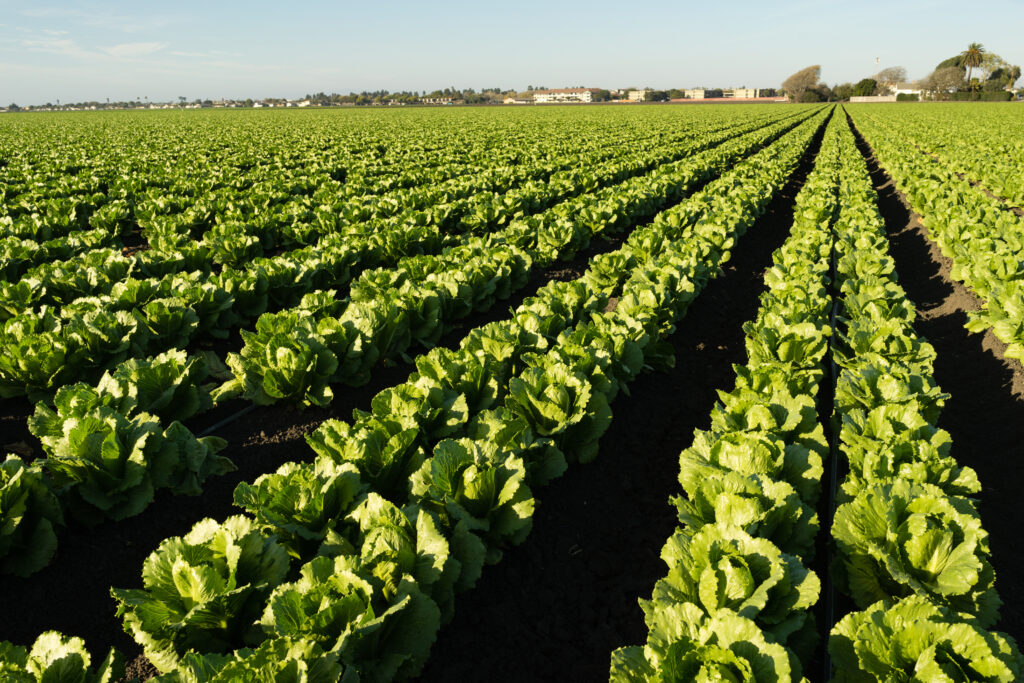Summary of Appraisal of Combined Applications of Trichoderma virens and a Biopolymer-Based Biostimulant on Lettuce Agronomical, Physiological, and Qualitative Properties under Variable N Regimes
Biostimulants Boost Lettuce Growth and Quality
The current study investigated how biostimulants, specifically the beneficial fungus Trichoderma virens (TG41) and a vegetal biopolymer-based biostimulant (VBP; ‘Quik-link’), affect lettuce (Lactuca sativa L. var. longifolia) under varying nitrogen (N) regimes. The research focused on agronomical, physiological, qualitative, and mineral characteristics of lettuce.
Impact of Biostimulants on Lettuce Yield
Lettuce plants grown under sub-optimal N conditions (0N kg ha−1) exhibited a notable increase in fresh yield when treated with TG41 alone (45%) and even greater improvement with TG41 combined with VBP biostimulants (67%). Interestingly, under both optimal (70N kg ha−1) and supra-optimal (140N kg ha−1) N levels, these biostimulants still enhanced growth, demonstrating their broad effectiveness. These results suggest that biostimulants boost lettuce performance, particularly in nutrient-limited conditions.
Physiological and Photosynthetic Enhancements
At 48 days after transplanting, both TG41 alone and TG41+VBP treatments significantly increased CO₂ assimilation compared to untreated controls. Consequently, the plants displayed improved photosynthetic efficiency, which contributed to higher biomass accumulation.
Improved Mineral Composition and Nutritional Quality
The application of TG41+VBP biostimulants increased leaf potassium (K) by 10% and magnesium (Mg) by 12% relative to untreated plants. Moreover, nitrate content was significantly lower in all treated lettuce, supporting safer consumption. Importantly, in non-fertilized conditions, biostimulant-treated plants produced premium-quality lettuce, with enhanced antioxidant activity, total ascorbic acid (+61%–91%), and total phenols (+14%).
Conclusion: Sustainable Lettuce Cultivation
Overall, the findings confirm that biostimulants boost lettuce growth, mineral nutrition, and health-promoting compounds, offering a sustainable strategy for improving crop yield and quality even under low N conditions. These results provide strong evidence for integrating TG41 and vegetal biopolymer biostimulants into modern lettuce production systems.
Publication: Agronomy









